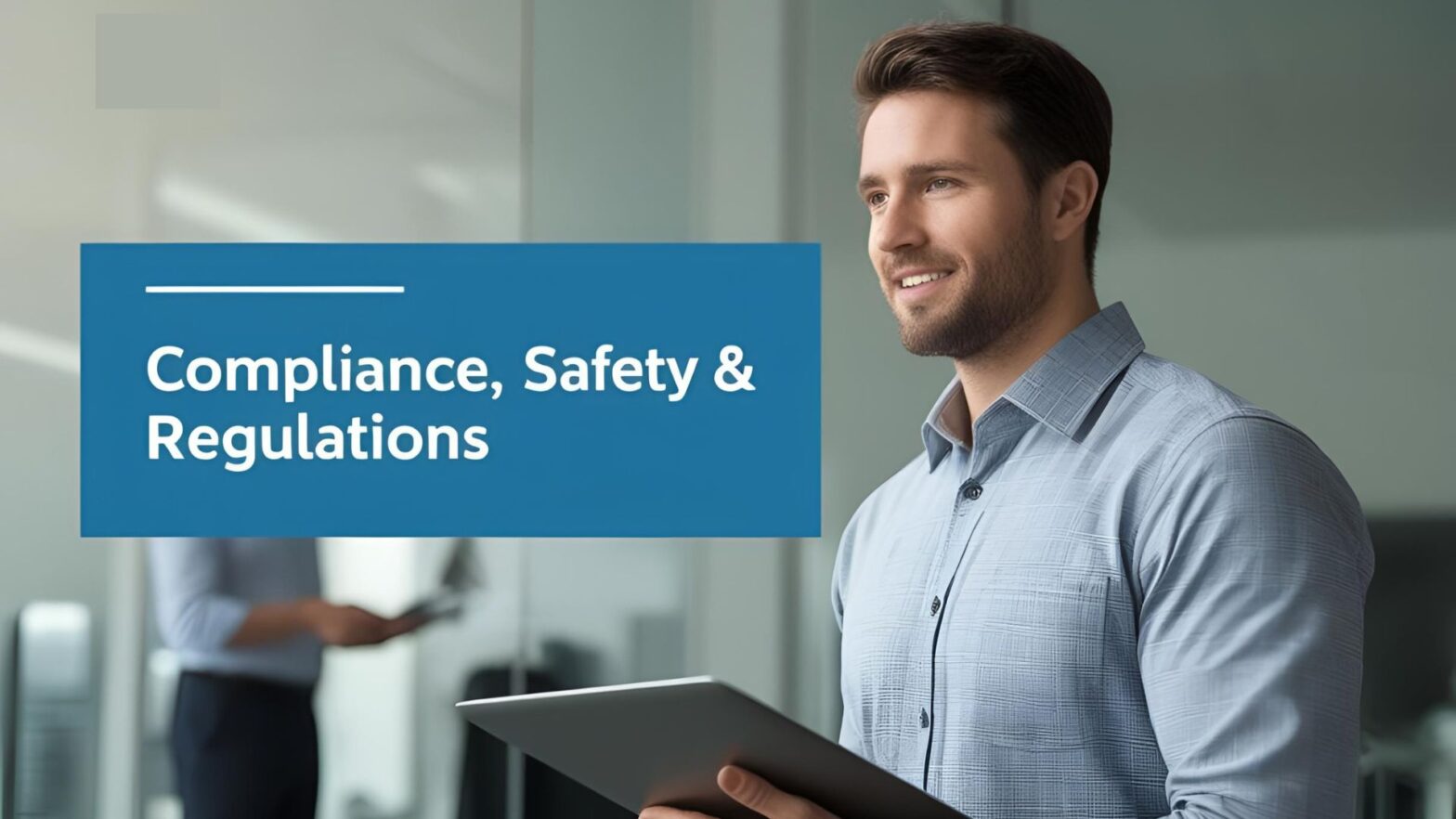In the fast-paced environment of building materials distribution, managing inspections and audits efficiently is key to maintaining quality, safety, and compliance. With inventory constantly moving and customer expectations rising, manual processes simply don’t cut it anymore. That’s where ERP (Enterprise Resource Planning) integration comes in.
By connecting your inspection and audit processes directly into your ERP system, you gain visibility, control, and confidence across your distribution center operations. Here’s how ERP integration can make a measurable difference.
- Centralized Data Access
When inspection records, audit schedules, and compliance documentation live in separate systems—or worse, on paper—it’s hard to get a clear picture of what’s happening. ERP integration brings all that data into a single, centralized platform. This eliminates duplication, reduces errors, and ensures everyone is working with the most up-to-date information.
- Real-Time Tracking and Alerts
Integrated ERP systems allow you to track inspections and audits in real time. Whether you’re monitoring product quality, warehouse conditions, or safety compliance, automated alerts help flag issues immediately. This ensures timely action and minimizes disruptions that could delay shipments or impact customer satisfaction.
- Streamlined Compliance Management
Distribution centers are subject to strict regulations related to safety, environmental standards, and product handling. ERP integration simplifies compliance by automating audit trails, maintaining detailed records, and generating reports on demand. When audit season comes around, your team is ready—with the documentation to back it up.
- Improved Accountability
With ERP integration, you can assign inspections, set deadlines, and track completion across teams. This adds a layer of accountability and ensures that no task falls through the cracks. Role-based access also ensures that sensitive information is only available to the right personnel, reducing risk.
- Enhanced Operational Efficiency
Manual inspections can be time-consuming and prone to human error. With ERP-connected mobile apps and digital checklists, your teams can perform inspections on the go, upload results instantly, and reduce paperwork. That means faster turnaround times and better productivity without sacrificing accuracy.
- Better Decision-Making with Analytics
By integrating inspections and audits into your ERP system, you gain access to analytics that can reveal patterns, trends, and areas for improvement. Whether it’s a recurring equipment failure or delays in audit follow-ups, you can make informed decisions backed by real data—not just gut feeling.
- Scalable and Future-Ready
As your distribution center grows or expands into new markets, your ERP system scales with you. Adding new audit types, integrating with updated safety standards, or connecting to IoT-enabled equipment becomes much simpler when you’re operating from a single integrated platform.
Conclusion
In a high-volume, high-stakes environment like a building materials distribution center, inspections and audits are more than routine—they’re critical checkpoints for quality, safety, and compliance. ERP integration transforms these processes from a burden into a strategic advantage, giving your team the tools to work smarter, faster, and with full transparency.
Investing in ERP integration isn’t just about keeping up—it’s about staying ahead.


